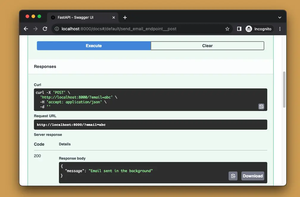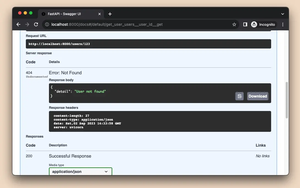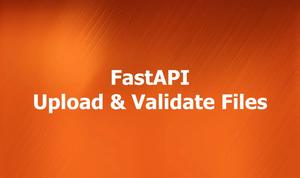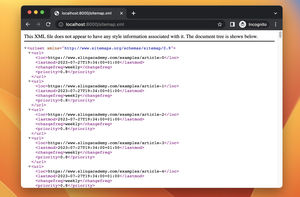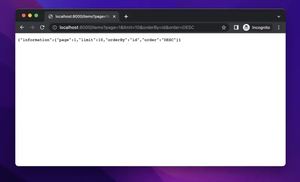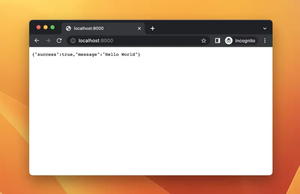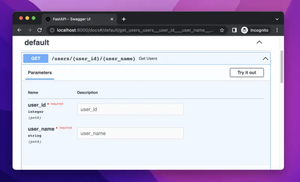FastAPI Unprocessable Entity Error is a common roadblock for developers building applications with FastAPI. This error, often a ‘422 Unprocessable Entity’ response, indicates that the server understands the content type of the request entity, but was unable to process the contained instructions. Below are effective solutions to resolve this error, enhance your knowledge about FastAPI, and get your project back on track.
Verify Request Data Schema
FastAPI relies on Pydantic models to validate the data it receives. A mismatch between the expected schema and the actual data sent in the request can lead to a ‘422 Unprocessable Entity’ error.
- Review your Pydantic models and ensure they match the expected schema of the incoming request.
- Make sure all required fields in your schema definition are included in the incoming request.
- Check data types for each field in the request body to ensure they align with those defined in the Pydantic models.
Example:
from fastapi import FastAPI, HTTPException
from pydantic import BaseModel
app = FastAPI()
class Item(BaseModel):
name: str
description: str | None
price: float
tax: float | None
@app.post('/items/')
def create_item(item: Item):
# Implement your logic here
return {'item_name': item.name, 'item_id': 123}
Advantages: Ensures data integrity and validation are managed efficiently.
Limitations: Might be tedious for complex schemas with nested objects or when working with dynamic fields.
Utilize Query Parameters Validation
Another common issue is with query parameters. FastAPI provides built-in validation for these, and improper usage or incorrect expectations can cause errors.
- Check the types and default values of all query parameters in your endpoint definition.
- Use FastAPI’s automatic documentation to verify that parameters are being sent correctly.
- Ensure that optional parameters are defined as such in the function signature.
Example:
from fastapi import FastAPI, Query
app = FastAPI()
@app.get('/items/')
def list_items(q: str | None = Query(default=None, max_length=50)):
return {'items': [{'name': 'Foo'}, {'name': 'Bar'}], 'query': q}
Advantages: Allowing for automatic validation and annotation of query parameters.
Limitations: You may still face errors if there’s a mismatch between the parameter sent in the request and what is expected by the server.
Check the Request Body
The request body itself may be poorly formatted or structured incorrectly, leading to FastAPI’s inability to parse it.
- Verify that the request body is properly structured and follows JSON standards if using a JSON content type.
- Ensure that the content type header of your request matches the format of the data you’re sending (e.g. “application/json”).
- Using tools like Postman or Swagger UI can help test and structure your requests correctly.
Example:
import uvicorn
from fastapi import FastAPI, Body
from pydantic import BaseModel
app = FastAPI()
class Item(BaseModel):
title: str
size: int
@app.post('/add_item/')
def add_item(item: Item):
# add your logic
return {'title': item.title, 'size': item.size}
if __name__ == '__main__':
uvicorn.run(app, host='127.0.0.1', port=8000)
Advantages: Helps in ensuring accurate parsing of request data.
Limitations: Does not address underlying issues with inappropriate or missing request headers.
Upgrade FastAPI and Pydantic Versions
Issues may also arise from using outdated versions of FastAPI or Pydantic, which may contain bugs or lack enhancements present in newer versions.
- Check the current version of FastAPI and Pydantic in use by reviewing your project’s ‘requirements.txt’ file or using pip commands.
- Update to the latest versions by using pip install fastapi –upgrade and pip install pydantic –upgrade.
- Review the FastAPI and Pydantic changelogs for any breaking changes that might affect your project.
Example:
# Terminal or Command Prompt
pip install fastapi --upgrade
pip install pydantic --upgrade
Advantages: Enjoy the benefits of bug fixes, performance improvements, and additional features.
Limitations: May introduce breaking changes requiring code modifications.
